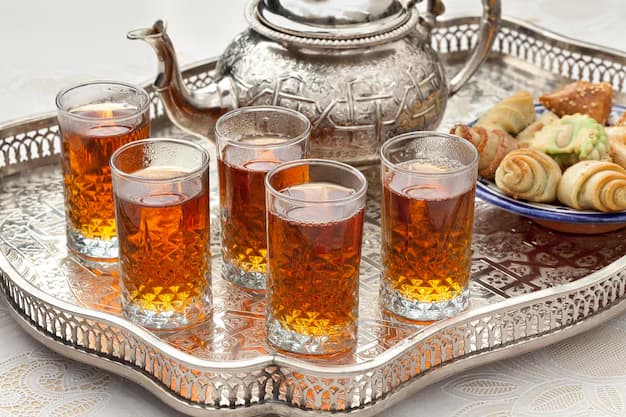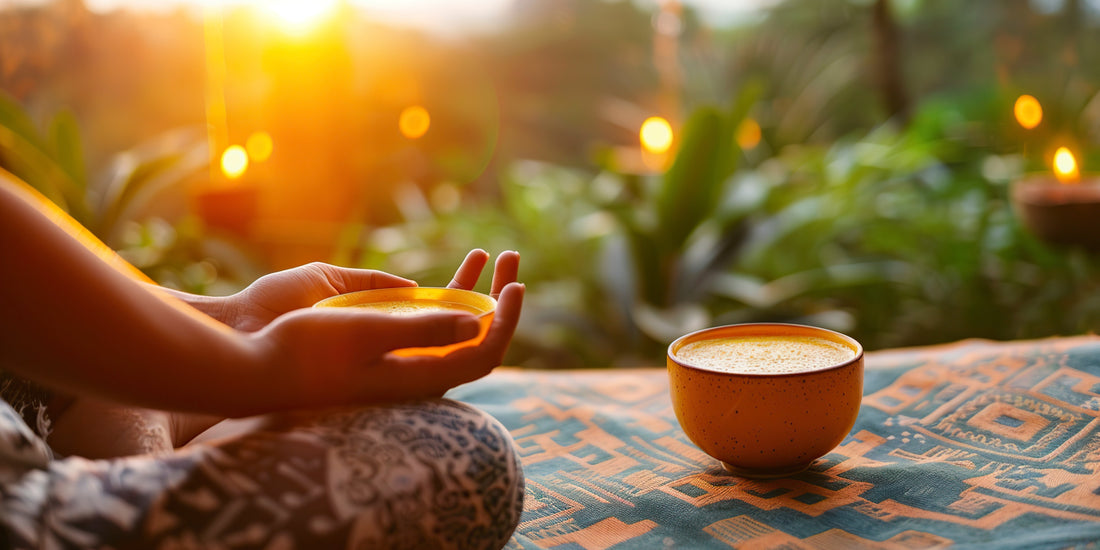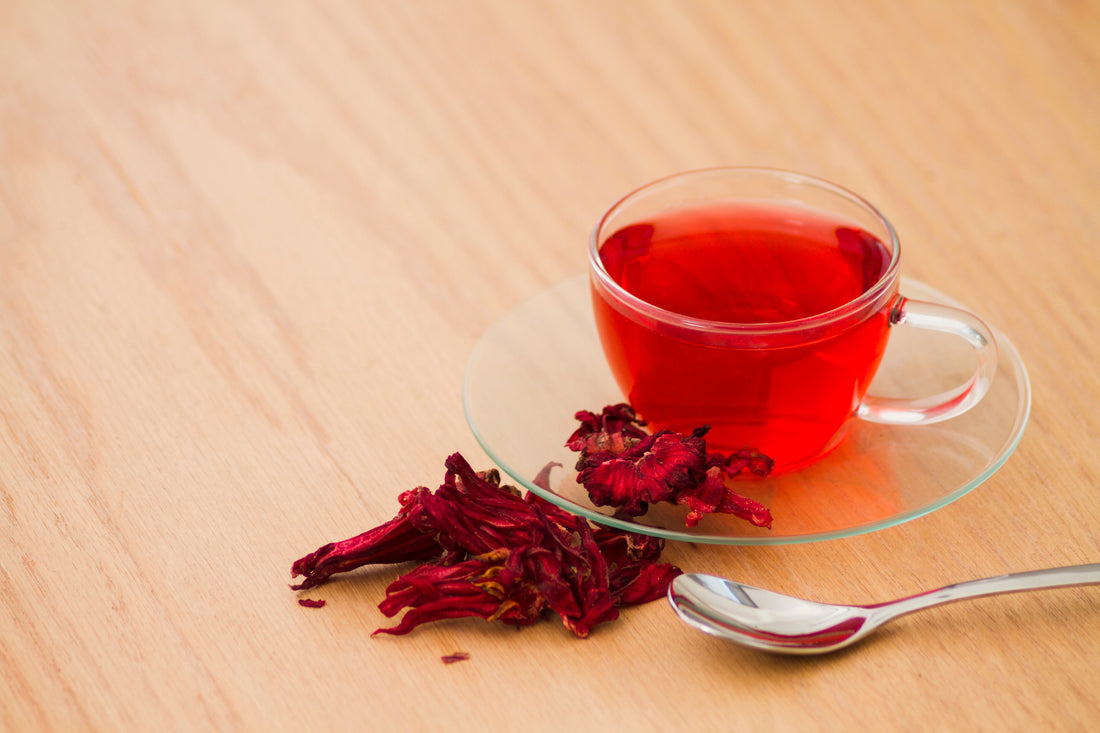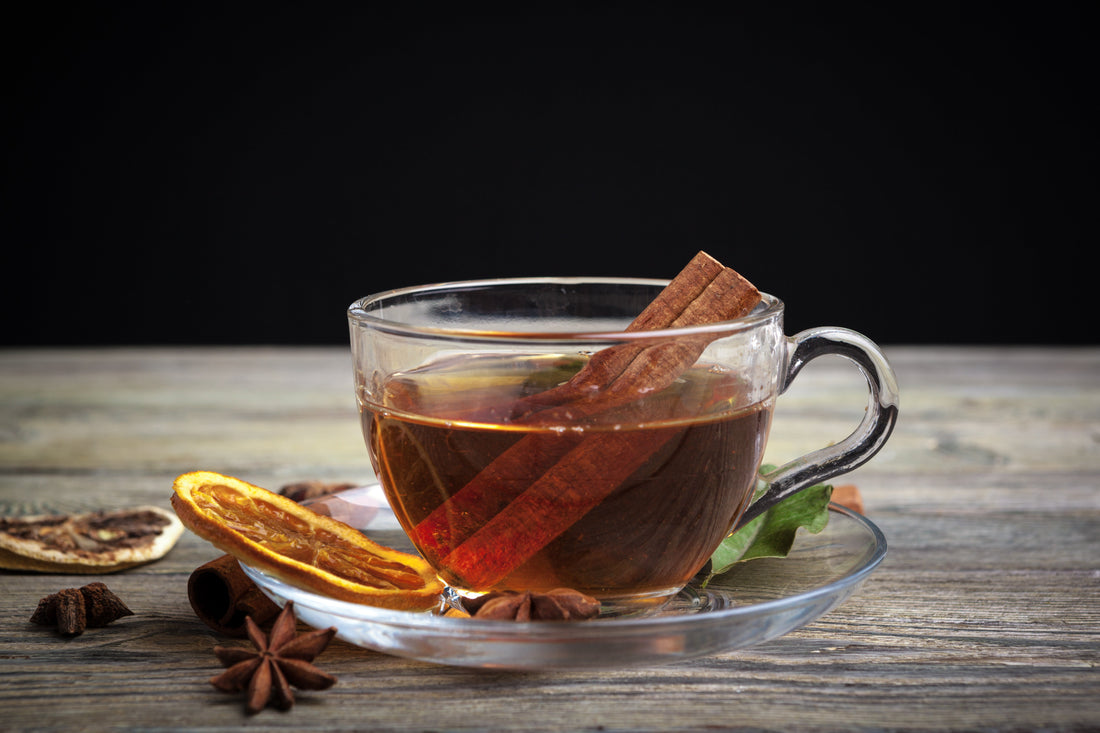
How to Make Authentic Pink Chai at Home—A Complete Guide
The first light of dawn filters through snowcapped peaks in the distance. You are sitting at a table in Kashmir, with a steaming cup of kulchas before you. What better way to complete the picture than with a steaming cup of pink chai?
Like the Kashmiri Kahwa tea, Kashmir’s famous pink tea also travelled down the Silk Road. But while the Kashmiri Kahwa traces its path back to Persia, the pink chai is believed to have arrived in Kashmir from Yarkland, which is now within Xinjiang, in China. Today, it remains a popular beverage in India, Pakistan, and the Caribbean. It also continues to share a common heritage with Central Asia’s salty teas, like etkanchay served by the Uyghurs and suutei tsai in Mongolia.
But only in Kashmir is it known as gulabi chai and distinguished by its rosy pink hue, which has also given the tea its name. Other popular names for Kashmir’s famous pink tea are sheer chai and noon chai, both drawn from ingredients that give the tea its unique flavour. The first is taken from the Persian word “shir”, as milk is always added to pink chai. The second name does not come from the English word for afternoon, but from the Kashmiri word for salt, which is “noon”. Salt too has a small but essential part to play in this beverage, which is served at all parts of the day, and also called namkeen chai.
Brewing Gulabi Chai
Like the Kashmiri Kahwa, the pink chai is also brewed in a samovar. This is a traditional Russian copper kettle with a central container, where hot coal was placed to heat water. But unlike in the Kashmiri Kahwa Online, pink tea is made in two stages. Let’s look at how its ingredients are not just brewed, but evolved, before it finally arrives at your table in a kosa, as traditional cups in Kashmir are called.
Inside the Samovar
The brew is usually made for larger servings of about six glasses and can be stored for up to weeks.

Cold water, like with all tea, is the starting point. You would need six cups for six servings.
Kashmiri kahwa tea leaves, better known as gunpowder tea leaves follow. These are green tea leaves, rolled into small balls, and this also gives it that unusual name. Add a teaspoon for each serving.
Salt gives this tea its unusual flavour and also its other name of namkeen chai. Add half a teaspoon for six servings.
Baking soda imbues pink chai with its unusual hue. Add half a teaspoon for six servings once again.
Cardamom, the Queen of Spices, adds a flavour of the east to every cup. Use seven crushed pods for six servings.
Cinnamon adds gentle heat and depth to every cup. This is the spice that brings warmth to your pink chai that goes way beyond just a hot cup. Add one small stick for six servings.
Served in a Kosa
Milk is another differentiating flavour in pink tea. Use half a cup for a single serving, which is topped with the Kahwah brew, crushed cardamom, and pistachios.
Sugar to taste. While gulabi chai is differentiated by its salty taste, Kashmiris do add a dash of sugar as well.
Pistachios, as a final topping, to keep the flavour of nuts and spices alive in every cup.
Making Pink Chai, The Traditional Way
Even when it is no longer brewed in a samovar, pink chai can still be made the traditional way. This is how a single cup of pink chai has been lovingly made in Kashmiri homes over hundreds of years.
Making the Brew
- Boil the tea leaves, salt, cardamom, and cinnamon in six glasses of water.
- Add the baking water once the water starts simmering and bring the brew to a rolling boil.
- Leave the brew to simmer on a low flame till it reaches a deep maroon shade.
- Shock the brew with cold water. For example, by dropping ice and two glasses of water from a height into the hot brew and then vigorously beating or pouring the brew till it foams.
- Strain the brew, and your pink tea is ready to either store or serve.

Serving Pink Chai in a Kosa
- Simmer the sugar and cardamom in milk.
- Add the Kahwa brew till your tea gains the hue of pink chai.
- Pour the tea into a cup and remove the cardamom pod.
- Top your pink tea with crushed pistachios, and it is ready to serve.
Making Gulabi Chai, with Kehwah
But for the modern tea lover, there are easier ways to sample Kashmir’s famous pink chai, and you don’t even have to be in Kashmir. At Kehwah, we bring this to you in three simple steps:

- Boil a cup of water or milk.
- Pour it into your favourite kosa.
- Add a Kehwah Noon Chai sachet.
Now, sit back and watch your gulabi chai evolve, not over hours or days, but instantly. And the best part is that it has the same Kashmiri Kahwa green tea base, spices, and hue that have always been associated with pink chai. We only save on time, never on tradition or flavour.
You may be far away from Kashmir, but with Kehwah, the magic and inspiration of Kashmir is never ever really far behind.
FAQs
1. What are the benefits of Kashmiri pink tea?
Kashmiri pink tea has a green tea base, which is rich in antioxidants, and offers several health benefits. It has been found to improve digestion, support weight loss, and reduce stress and anxiety.
2. Is Kashmiri Kahwa good for constipation?
Yes, Kashmiri Kahwa’s blend of green tea, saffron, and spices do improve digestion and are good for constipation.
3. What are the Kahwa benefits for the skin?
As a green tea blend, Kahwa has important antioxidant and anti-inflammatory properties. These help it improve skin health by reducing blemishes and also giving your skin a natural glow.






